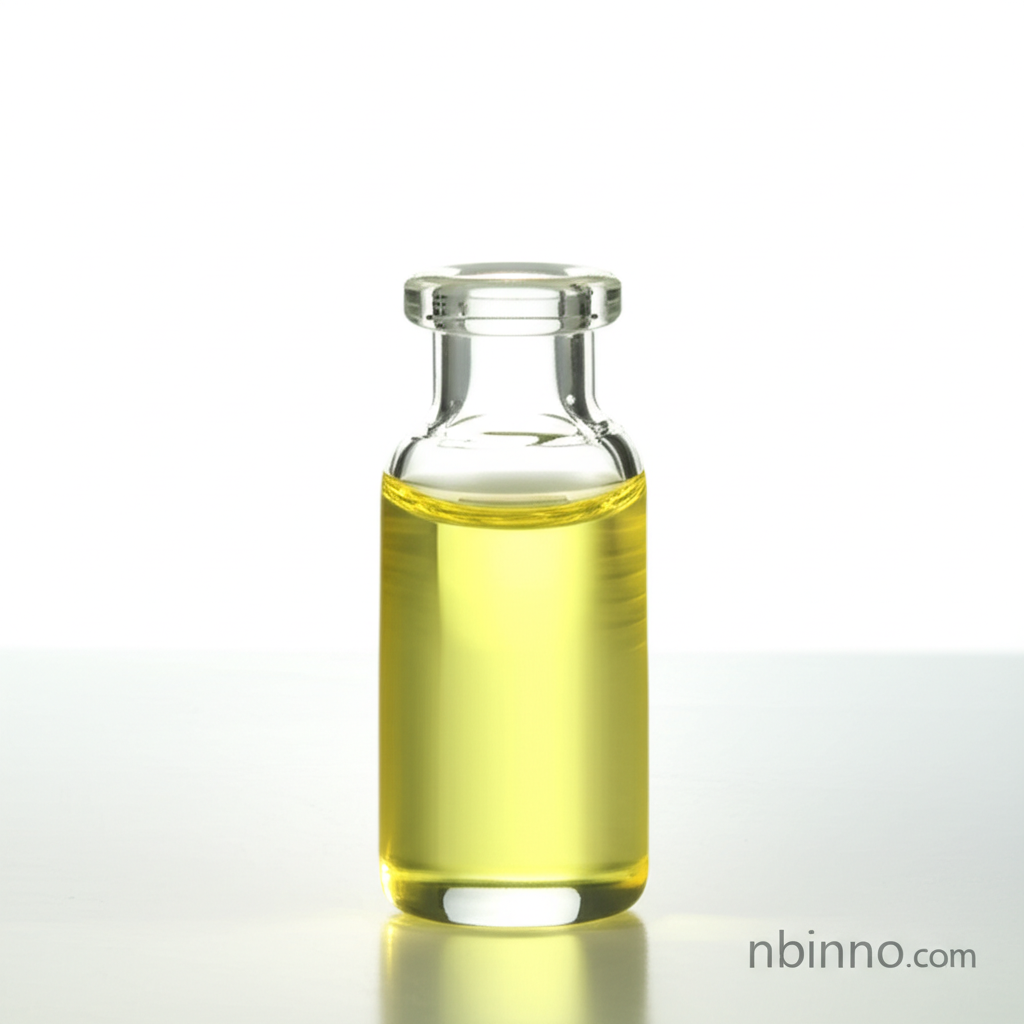Unlock the Potential of 2-(Trifluoromethyl)benzaldehyde
Explore the diverse applications and properties of this key chemical building block.
Get a Quote & SampleProduct Core Value

2-(Trifluoromethyl)benzaldehyde
This compound is a crucial electrophilic reagent widely utilized in various organic synthesis pathways. Its unique trifluoromethyl group imparts specific reactivity and properties, making it valuable for creating complex molecules. It serves as a fundamental building block in the development of new materials and compounds.
- Discover the chemical properties of 2-(trifluoromethyl)benzaldehyde, a compound with the CAS number 447-61-0, essential for advanced chemical transformations.
- Explore the applications of 2-(trifluoromethyl)benzaldehyde in organic synthesis, where it acts as a key electrophilic component.
- Investigate its role as a potential ingredient in fragrance formulation, contributing unique aromatic notes.
- Learn about sourcing this vital chemical intermediate from reputable suppliers for your research and production needs.
Advantages Offered
Versatile Reactivity
As a key reagent in organic synthesis, 2-(trifluoromethyl)benzaldehyde enables a wide array of chemical reactions, facilitating the creation of diverse molecular structures.
Fragrance Development
The compound's aromatic nature makes it a valuable component for developing novel scents and flavors, contributing to the creation of distinctive fragrance profiles.
Chemical Intermediate Prowess
Its status as a fine chemical intermediate underscores its importance in the synthesis of pharmaceuticals and other high-value chemical products, supporting innovation in various industries.
Key Applications
Organic Synthesis
As a vital reagent, 2-(trifluoromethyl)benzaldehyde participates in numerous synthetic pathways, enabling chemists to build complex organic molecules.
Fragrance Industry
The compound's aromatic properties make it a sought-after ingredient for creating unique and appealing scents in perfumes and other fragranced products.
Pharmaceutical Development
Serving as a crucial chemical intermediate, it plays a role in the synthesis of active pharmaceutical ingredients (APIs) and drug candidates.
Fine Chemicals
Its utility extends across the fine chemicals sector, where it acts as a foundational component for specialized chemical products and research materials.
